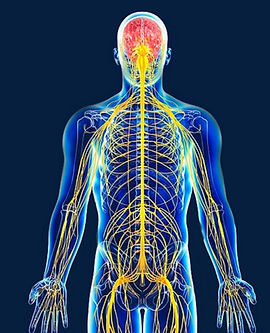The science behind
Grounding
Electricity in the body.
Humans are naturally electric. Every single movement, every heartbeat, every cell reaction generates electrical energy. Even at rest, the body produces around 100 watts of power—enough to keep your system running. When active, that output can surge to 300–400 watts, fueling performance and vitality.
You're a Walking Battery – Your body produces so much electrical energy you could power a lightbulb!

The human body relies on electricity to function because our cells communicate through electrical signals. This bioelectricity powers everything from muscle movement to brain function. Here’s why it’s essential:
🔹 Nerve Communication – Your nervous system sends electrical impulses to control movement, reflexes, and organ functions.
🔹 Heart Function – Your heartbeat is regulated by electrical signals, keeping blood flowing throughout your body.
🔹 Cellular Energy – Every cell relies on ion exchange (like sodium and potassium) to generate energy and maintain balance.
🔹 Healing & Repair – Electricity plays a role in cell regeneration and healing processes.
Your body is like a self-sustaining electrical system, constantly generating and using energy to keep you alive and thriving
Recovery
The Earth is like a massive battery, constantly supplying free electrons. When you make direct contact—whether by walking barefoot or using a grounding sheet—your body taps into this natural energy source. These electrons act as powerful antioxidants, neutralizing free radicals that contribute to inflammation, aging, and cellular damage. The result? Less stress on your system, faster recovery, and a body that functions at its best.
Also better circulation means better recovery. When your blood is thinner and flows more easily, oxygen and nutrients reach your muscles and tissues faster, speeding up repair and reducing soreness. Grounding naturally supports this process by improving blood viscosity Better circulation means better recovery—plain and simple. When your blood is thinner and flows more efficiently, oxygen and nutrients get delivered to your muscles and tissues faster. This speeds up repair, reduces soreness, and helps flush out metabolic waste like lactic acid